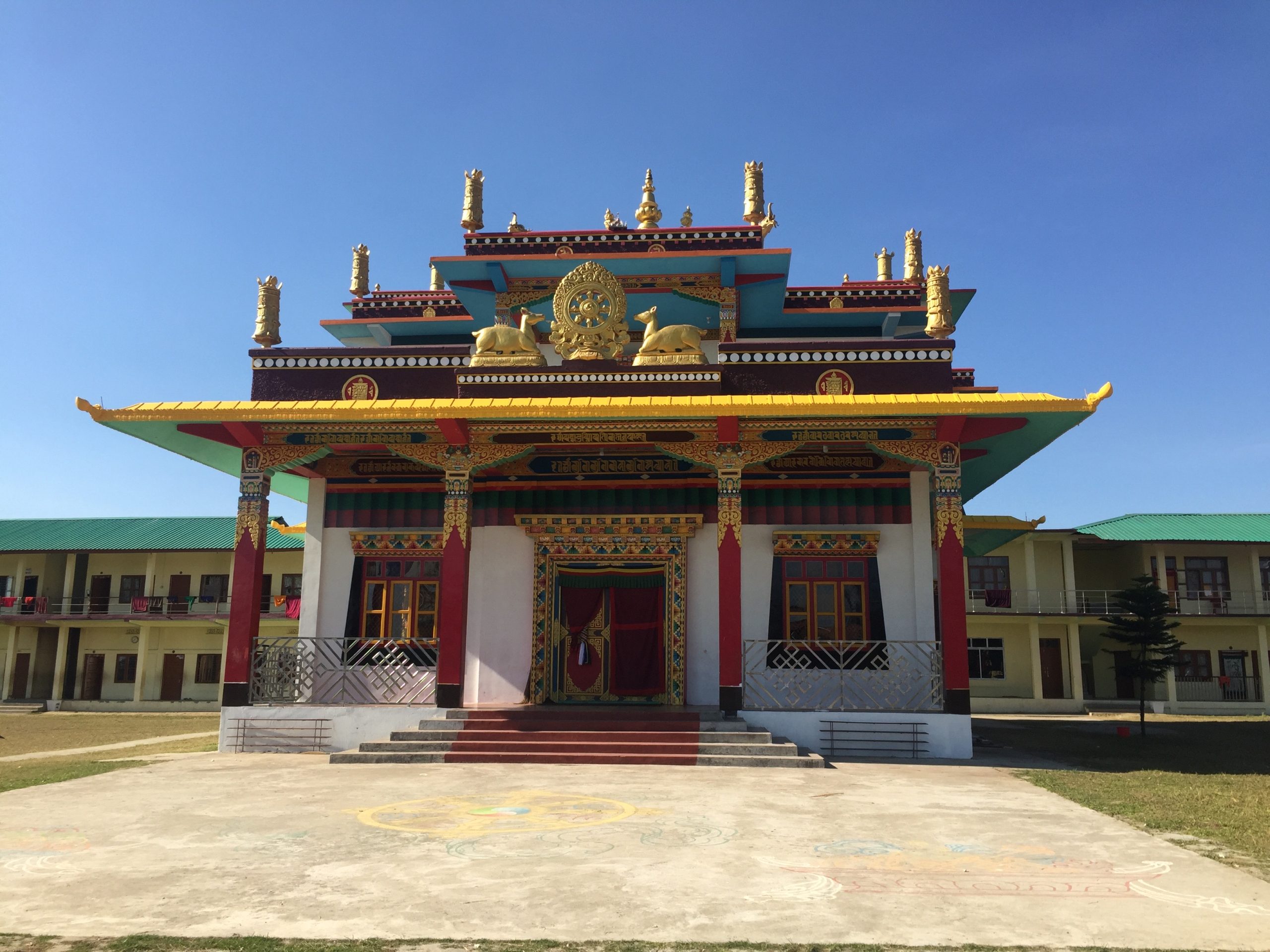
The people of Arunachal Pradesh
Some of us do visit popular places in North-East like Sikkim (Gangtok), Assam (Guwahati/Kaziranga), Meghalaya (Shillong, etc.), Tawang valley, etc. but sometimes going a little more into the interiors adds a different colour to our perspective.
Reaching Tezu
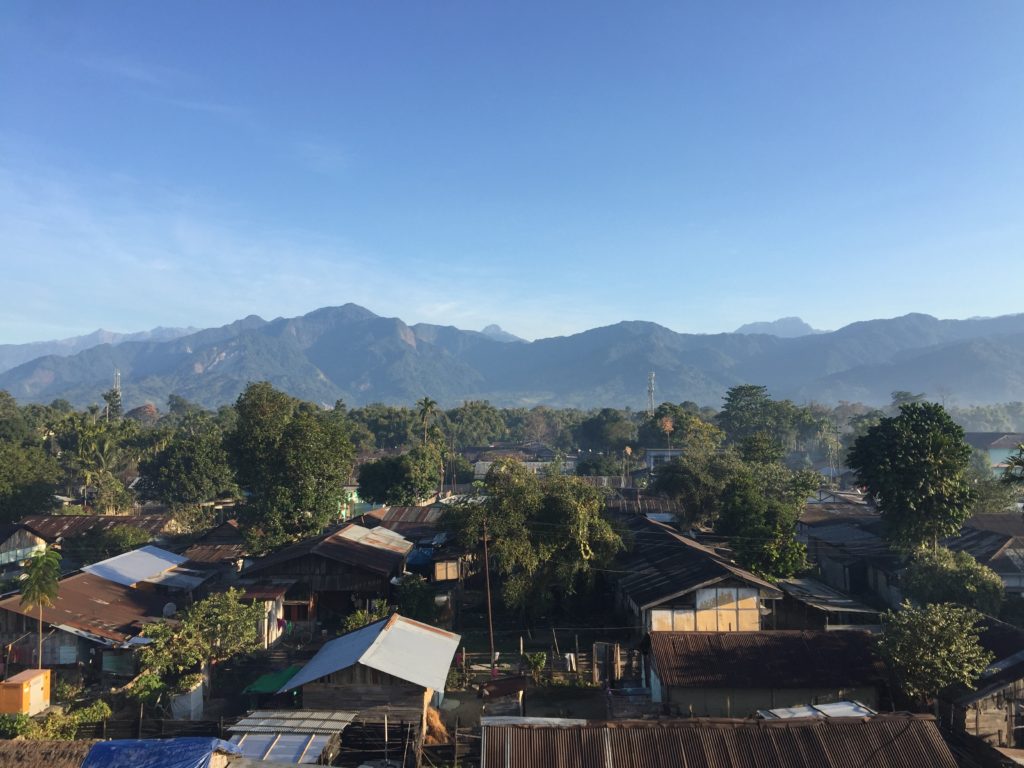
After our visit to Walong - the eastern most town of India, we went to Tezu, a (relatively) large town in the eastern part of the state. The place we stayed, had a peaceful backdrop but an equally chaotic market opening on the other side. The town came to life here
The Sunday Market
While we were here, we decided to spend a day with a tribal community in a village nearby.
The Mishmi Tribe
The Mishmi tribe is an indigenous tribe of the region, with origins distributed in Arunachal, Tibet and Myanmar. Our visit was to an area where Miju Mishmis inhabit.
Where they live:
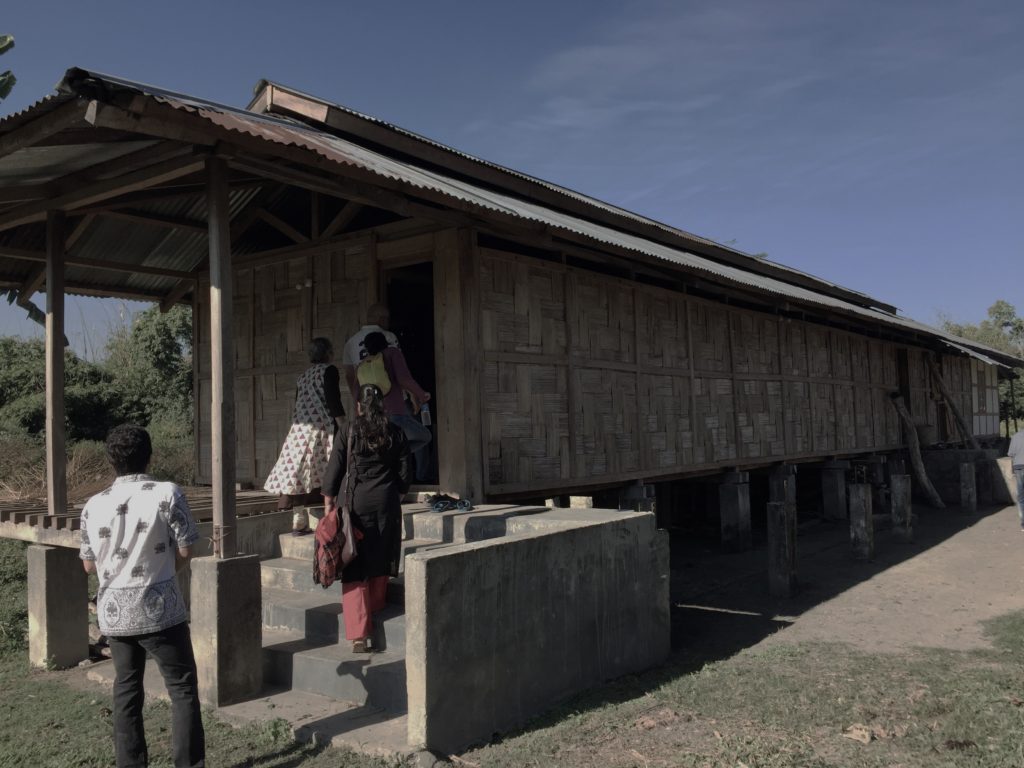
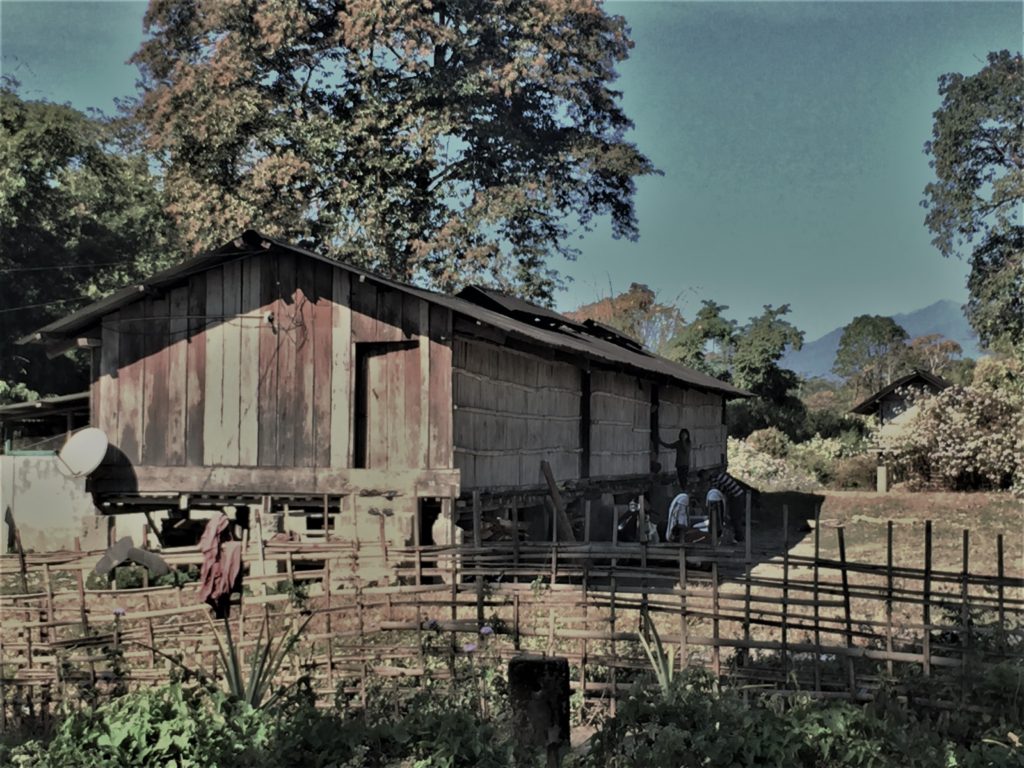
After reaching the village, we noticed that their houses were built differently. There was a 2-3 feet foundation of cement pillars from the ground before they actually laid the house floor. The benefits were clear:
- They built the house without disrupting the farmland/soil.
- Kept their houses insulated & free of any minor water overflows on the ground.
- An extra storage space for poultry and otherwise.
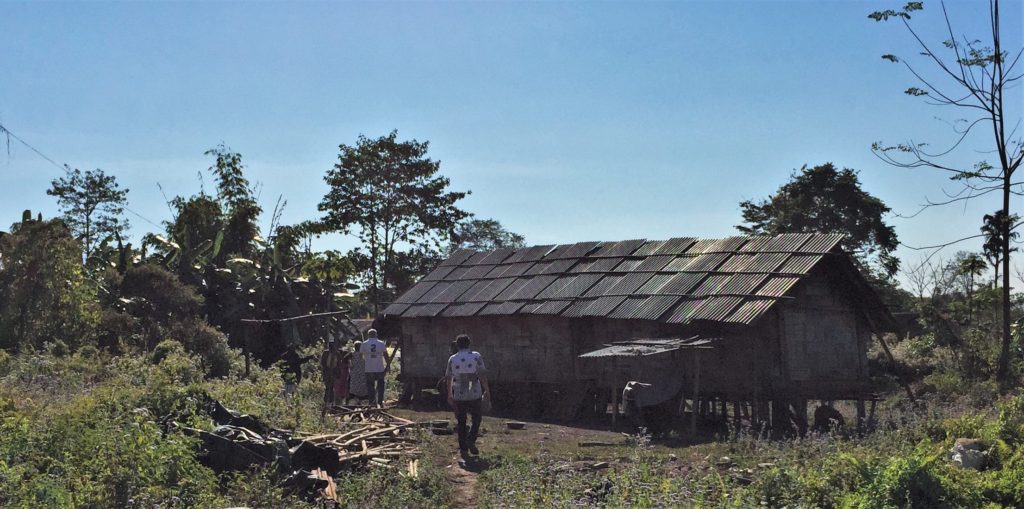
Fun fact: The number of compartments/doors on the side typically denote the number of brothers/families living together in the house!
A peak inside:
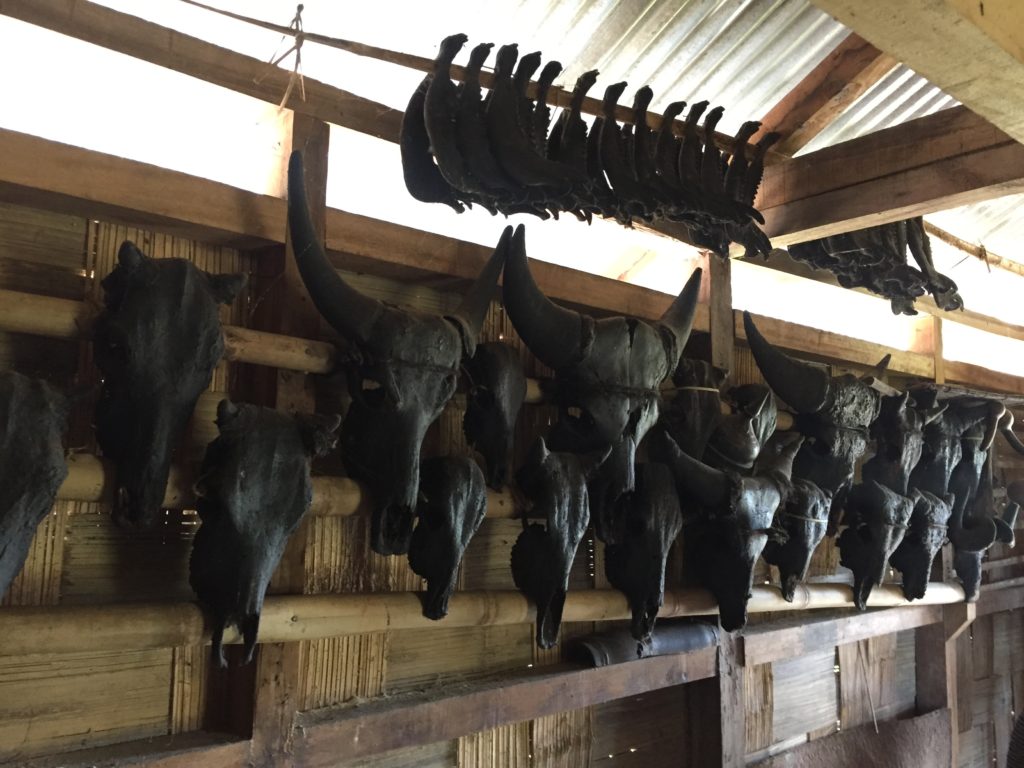
Mithun (a kind of cattle) is very popular in Arunachal and is used for slaughter during important ceremonies, as well as a currency. The Mishmis preserve each Mithun's head and horn,keeping them intact and putting them to display in the first room after you enter the house!
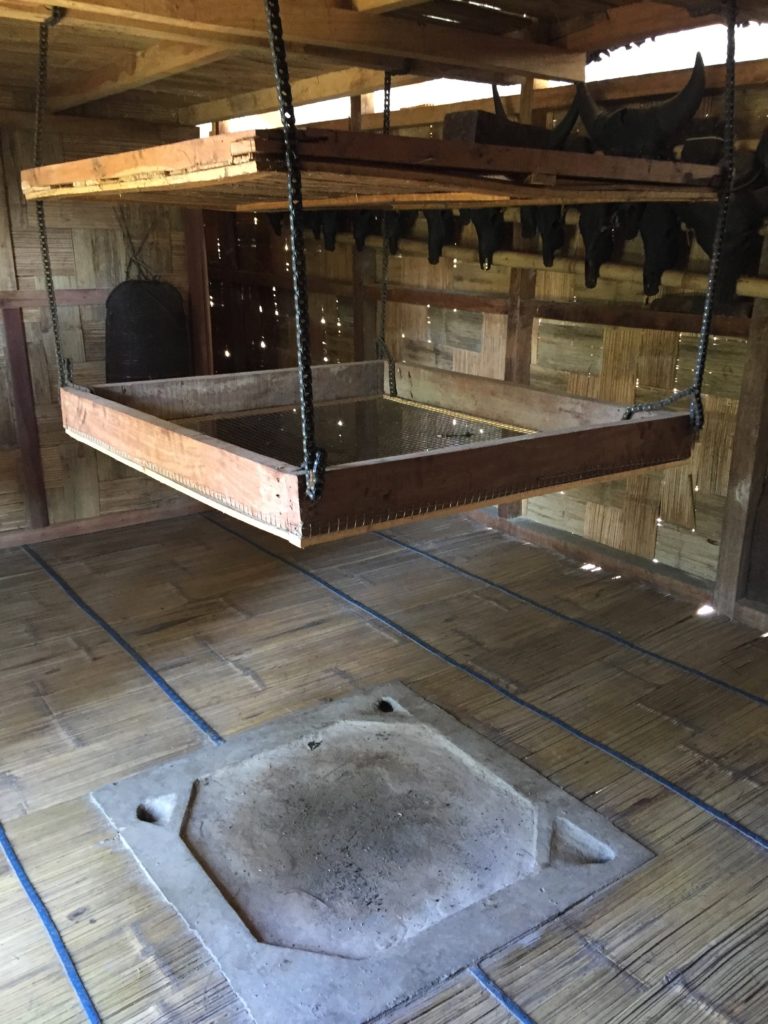
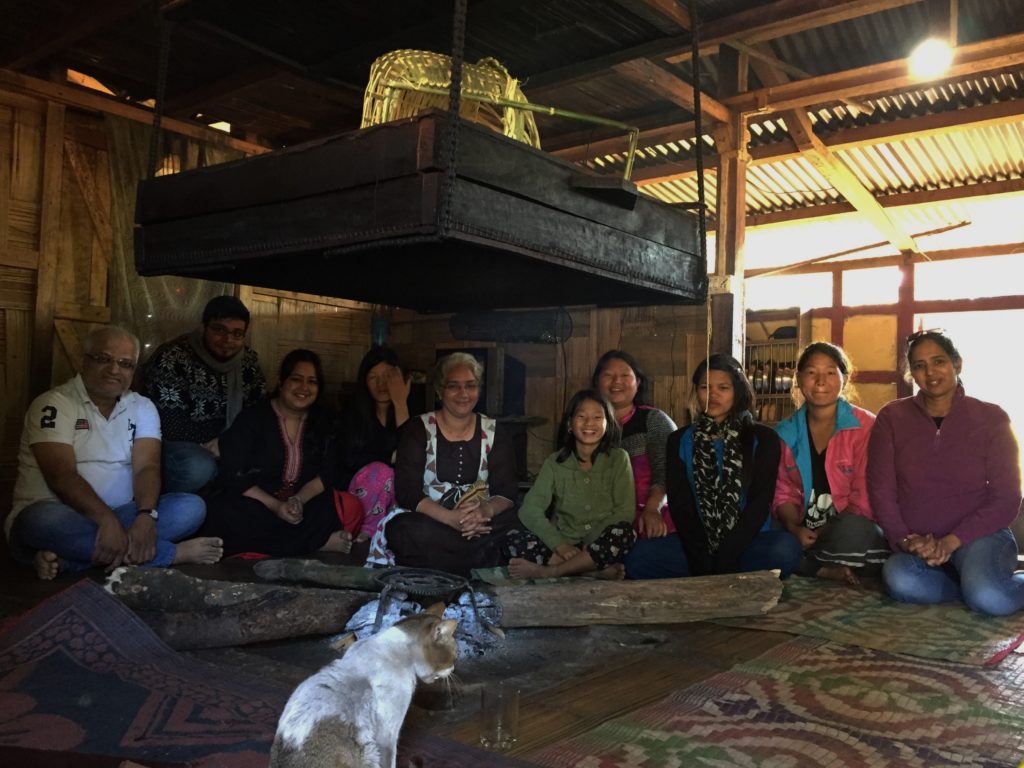
Every room in the house also definitely has a fireplace. They use it for cooking as well as for keeping them warm in winter nights. They have indigenous exhausts to help remove the dust/smoke created by these choolahs.
The economy:
While traditionally they maintained a sustainable economy within the village, As capitalism seeps deeper into the rural parts of the country, the need for these people to "provide" for their families has risen.
While men stick to labor, carpentry and farming, women can be found weaving some amazing sweaters & clothes.
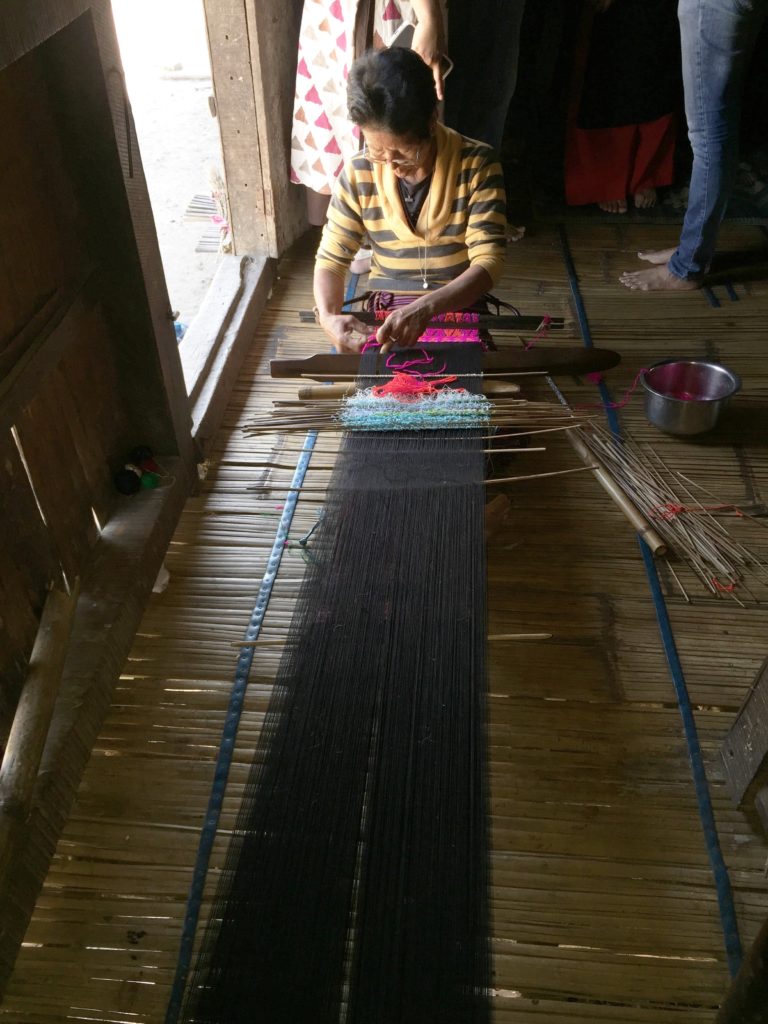
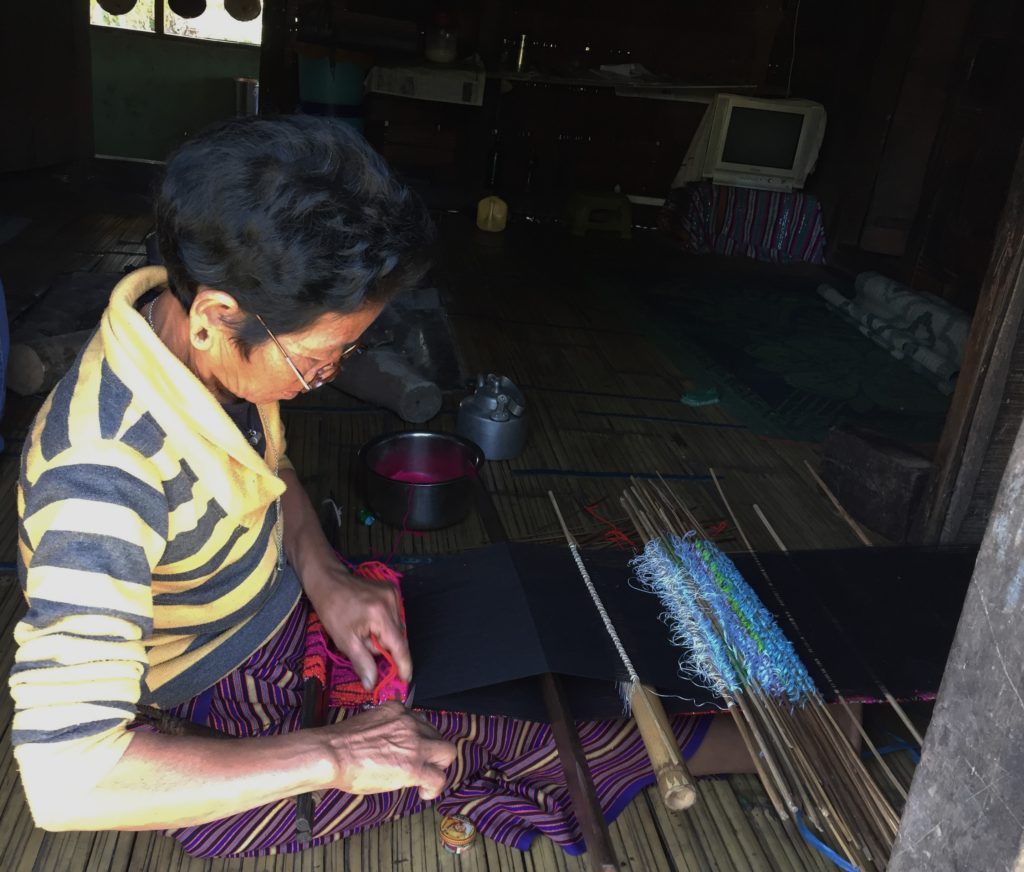
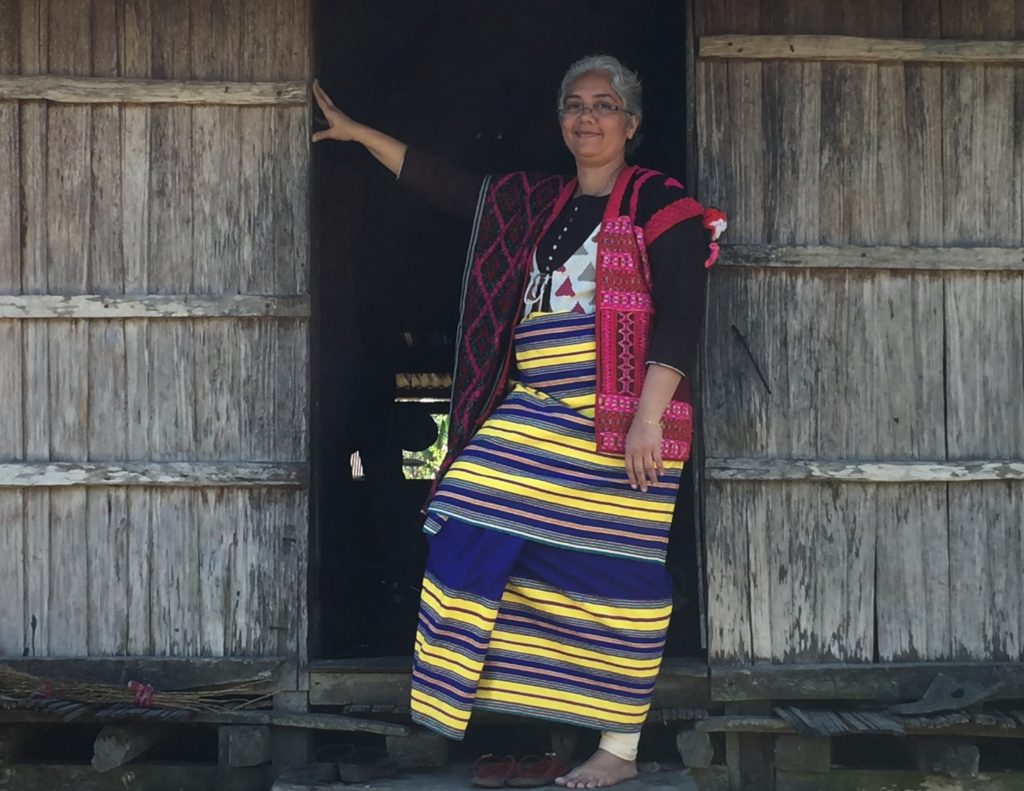
God & Worship
The Mishmi's believe in the older ways of worship - praying the Sun, the creator, the God of water, mountains, etc.
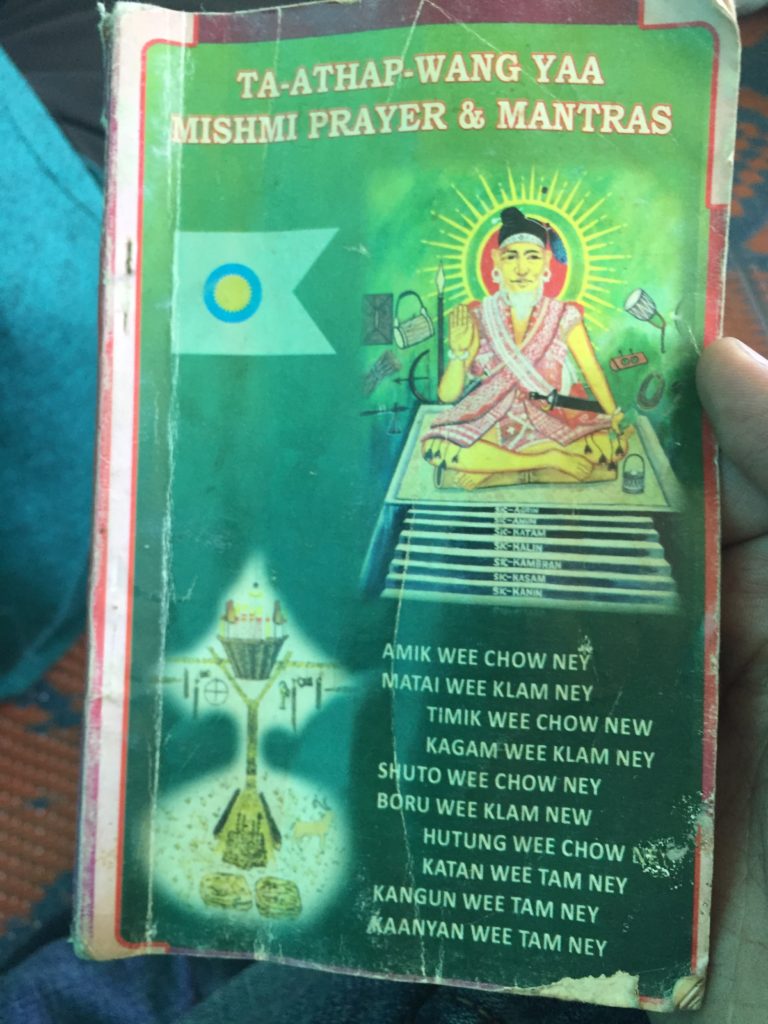
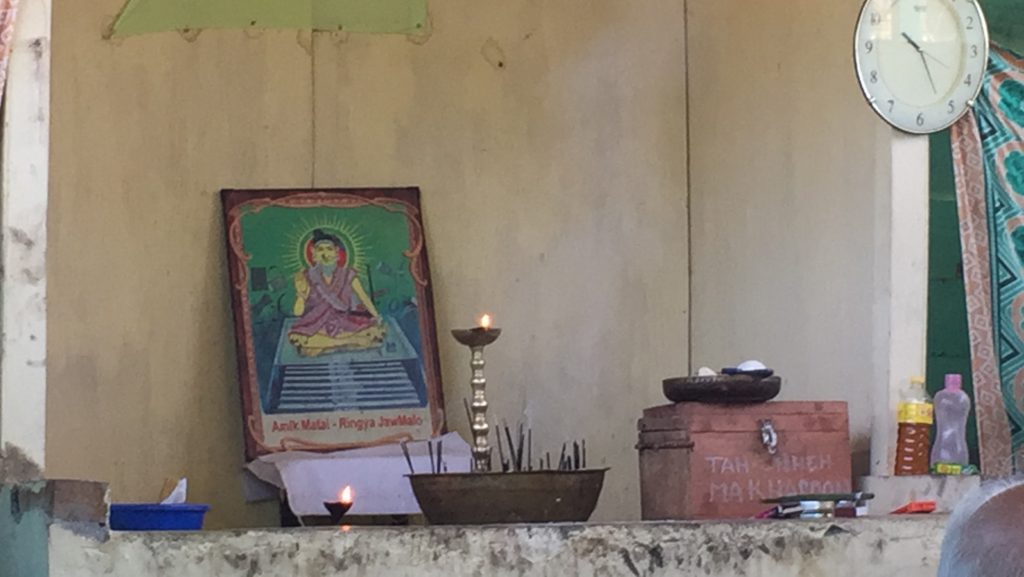
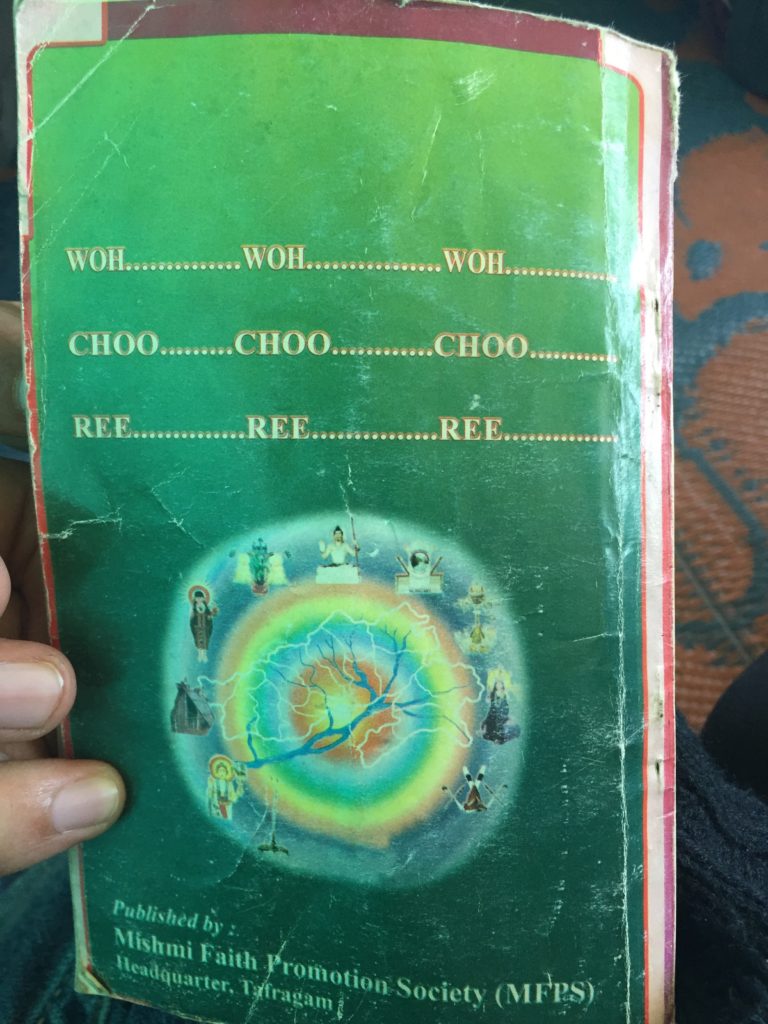
The daily prayer ritual
Next stop: The Tibetan Settlement, Tezu
Heading out from here, we decided to visit a Tibetan settlement established in 1964 for Tibetans who have exiled into India.
About~1500 Tibetans live together there in a well maintained community with gardens, sustainable farms and community places (hospital/school/etc.).
The Lhagon Jangchub Choeling Monastery:
We also visited the central monastery in the settlement!
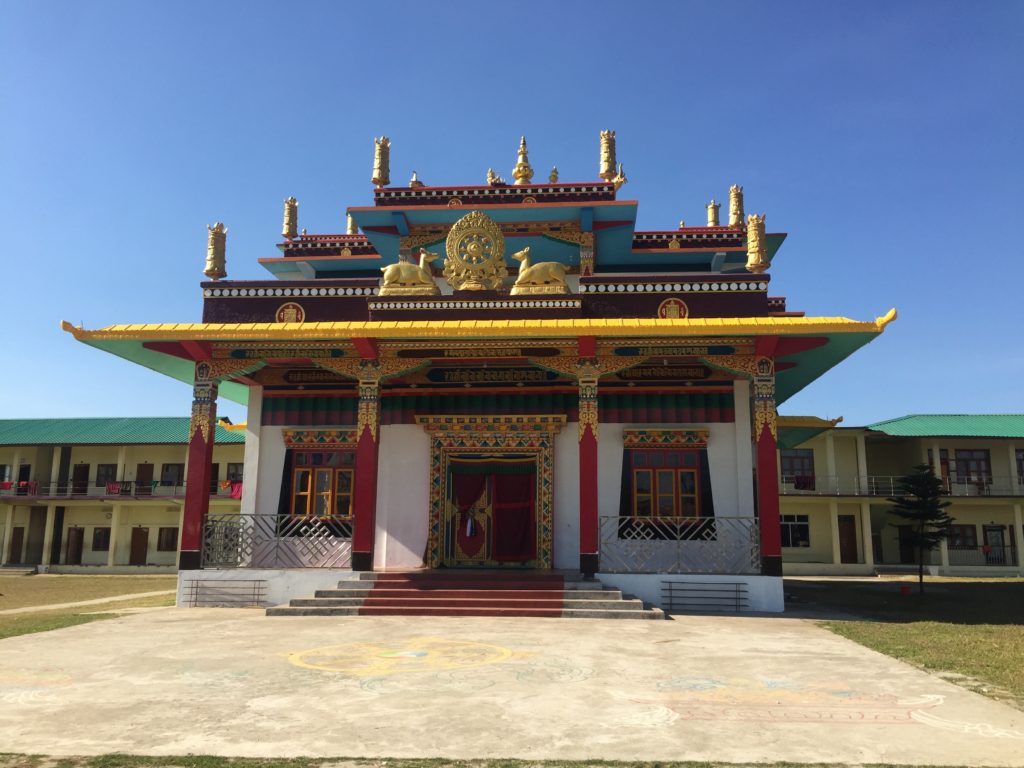
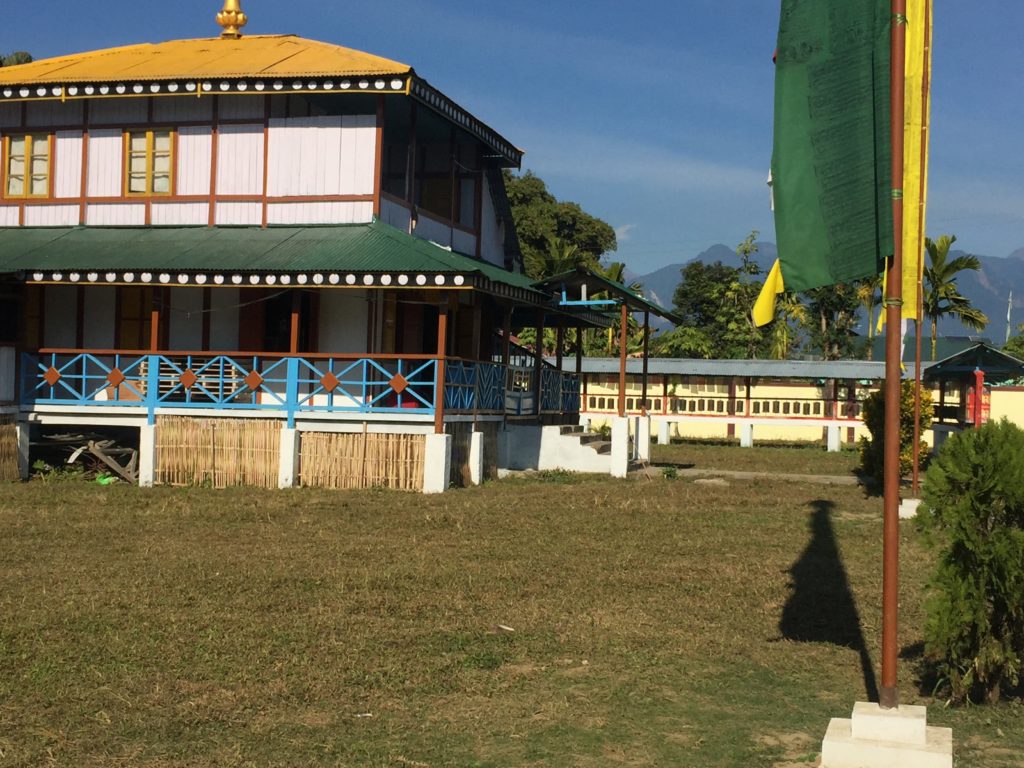
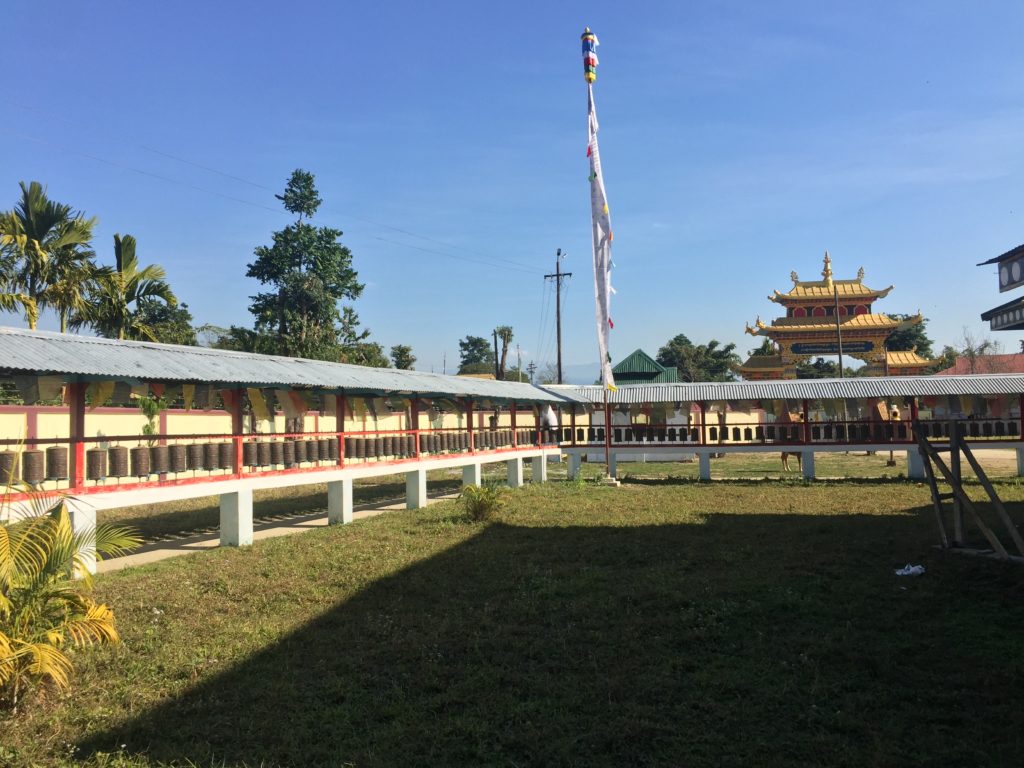
The magnificent Monastery
Visiting these places and understanding the history behind these communities made me connect better with the unique identity of Arunachal Pradesh.
Based on your past experience, which place would you recommend I visit next?
If you liked this one, you'll like this one about the unsaid stories of remote North East India!

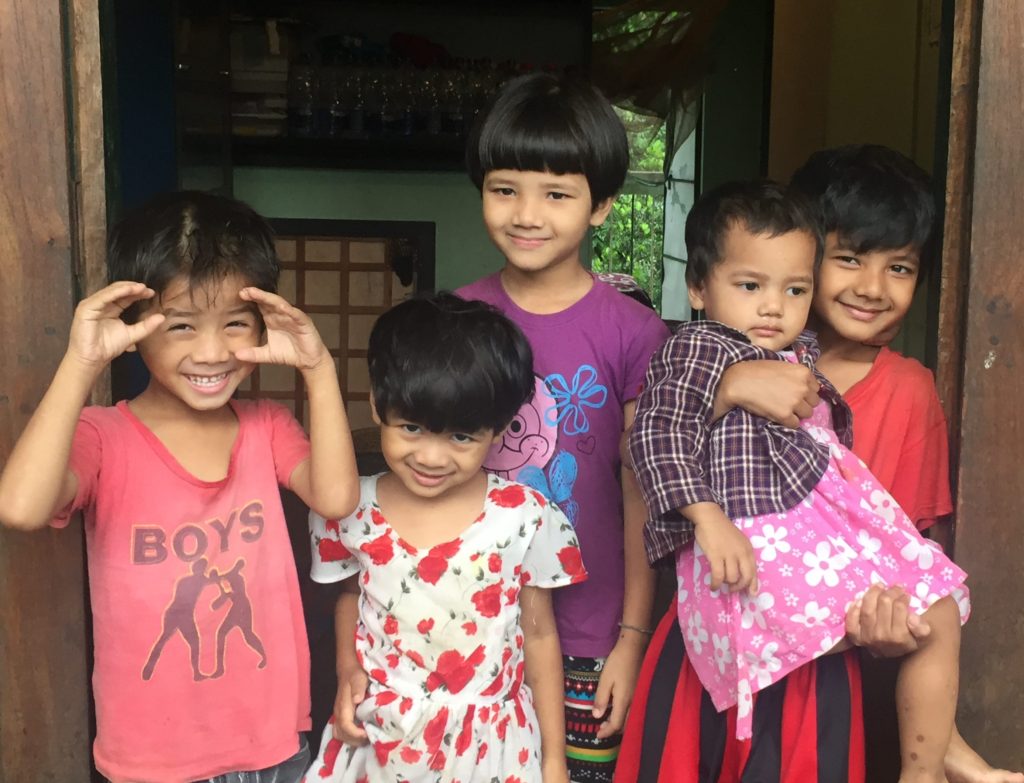
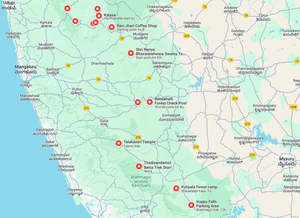
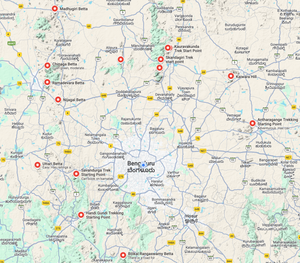
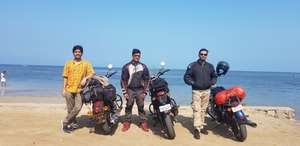
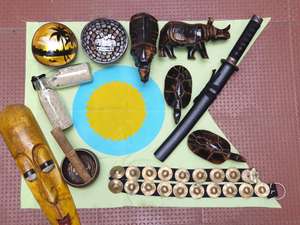
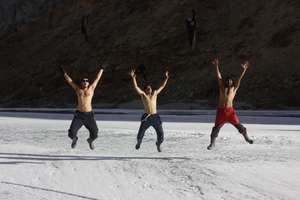
Comments